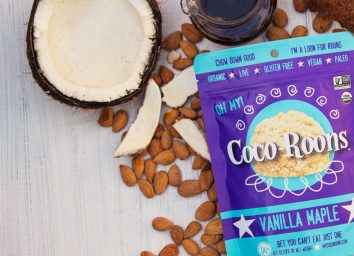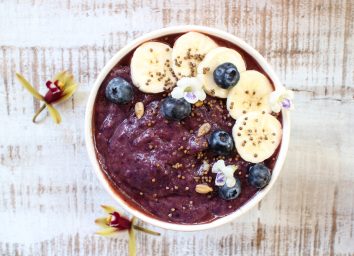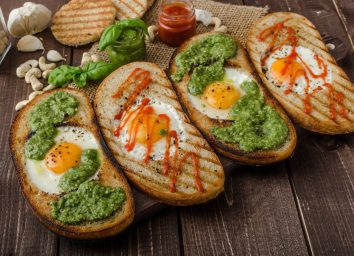15 Best Old School Superfoods
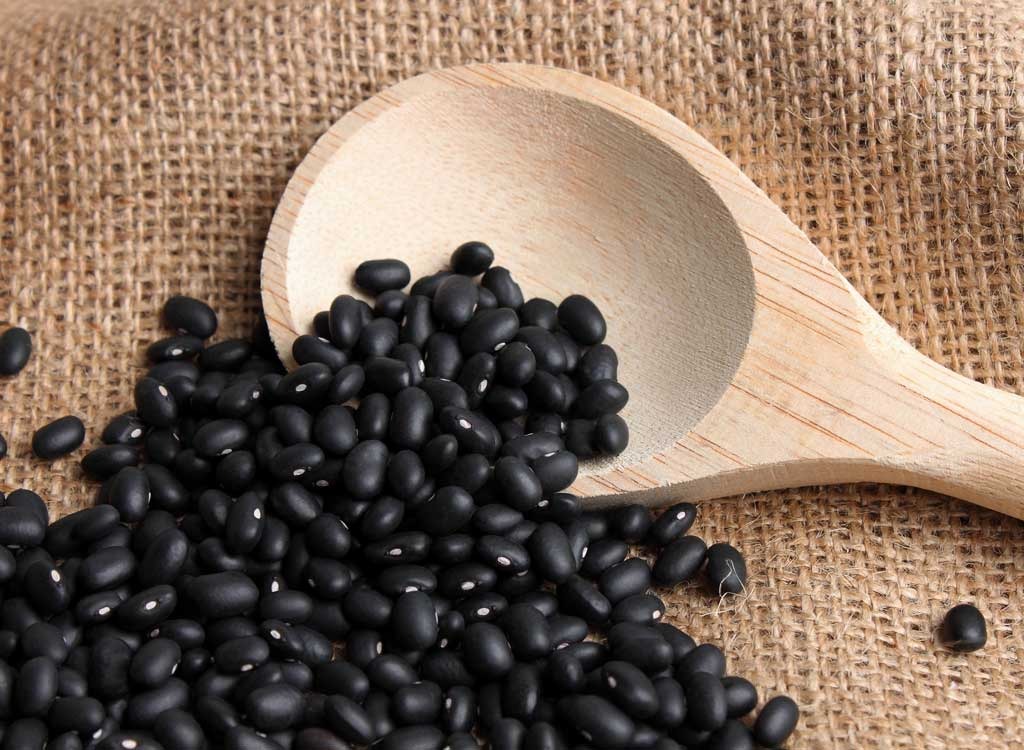
It seems like we hear about a new superfood every day—and each is promised to have magical properties to help you achieve optimal health. But while these new superfoods do have their place in your dietary adventures, so many of them are exotic (read: expensive) and can be difficult to find. Sure, you’ll seem trendy while drinking your smoothie that’s laced with mushroom magic dust, but your wallet will be sad and empty. Instead, save a few greenbacks as you refresh your diet with these superfoods that are so vintage and timeless that you probably don’t even realize they’re so super!
Almonds
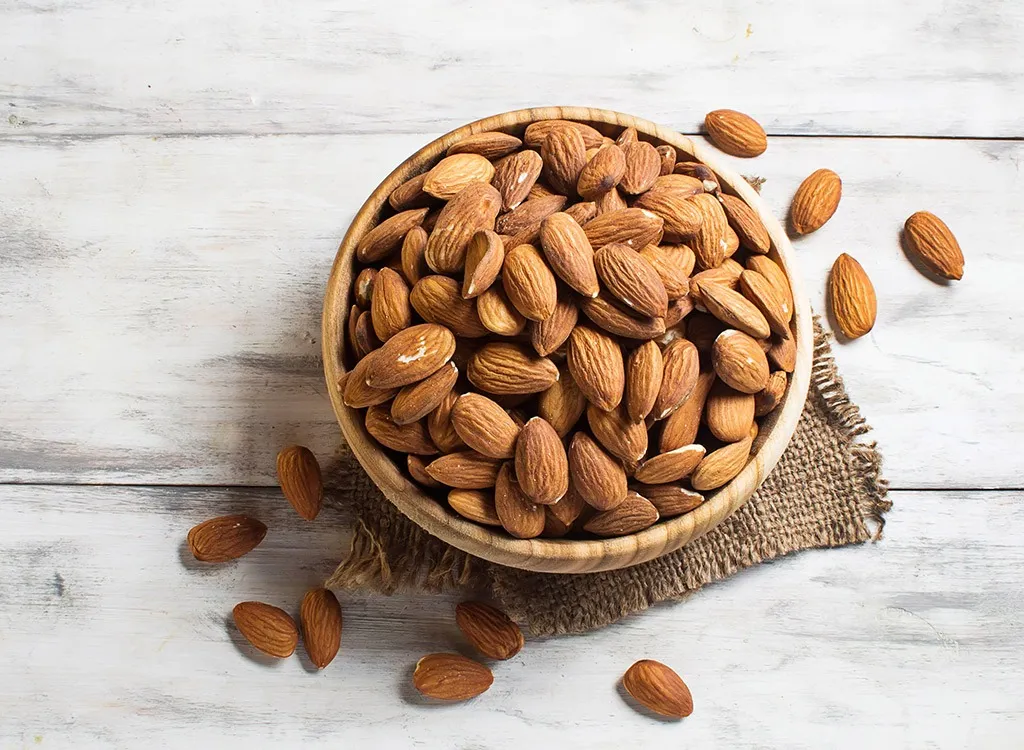
Almonds are the OG superfood—we’d even argue that they were the first food to be referred to as “super.” The nuts are great as a snack or even in liquid form, thanks to their high levels of free-radical-fighting vitamin E. Almonds also contain vitamin B2, an energy-boosting mineral that cannot be stored in the body, so you need it daily. Pop a handful of raw almonds to get an energy boost full of satiating, healthy fat.
Blackberries
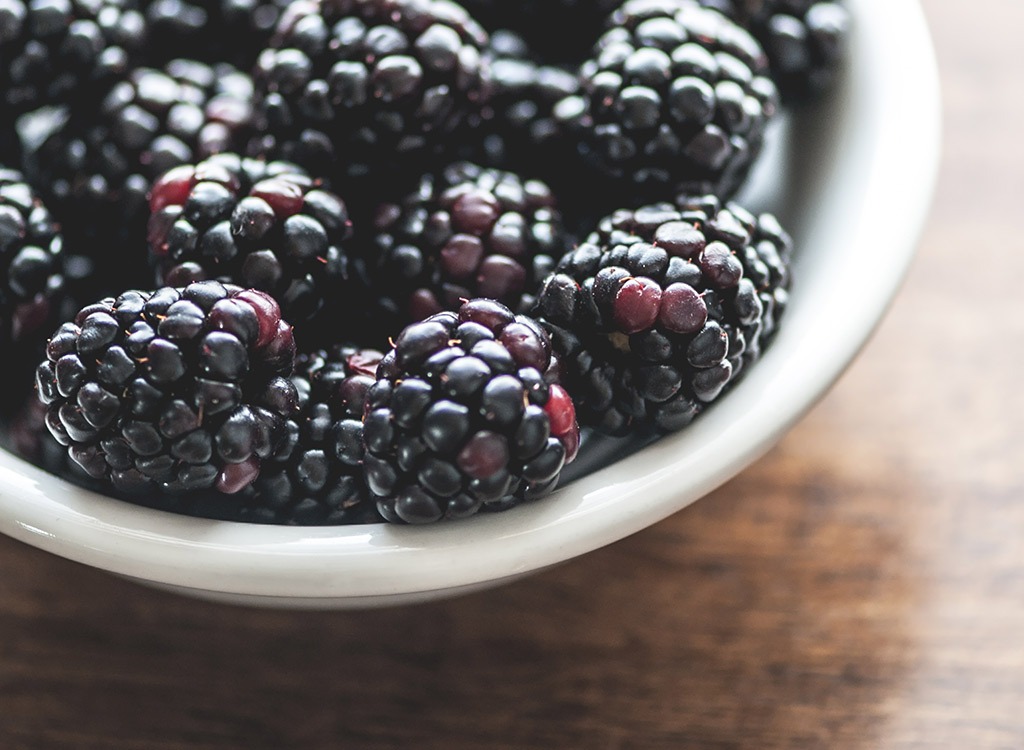
Want to prevent a cold? Better get your fill of blackberries. These dark-and-sweet berries are filled with immune system boosting vitamin C. Blackberries can also help with wound healing, thanks to vitamin K, a nutrient that helps regular blood clotting.
Cod
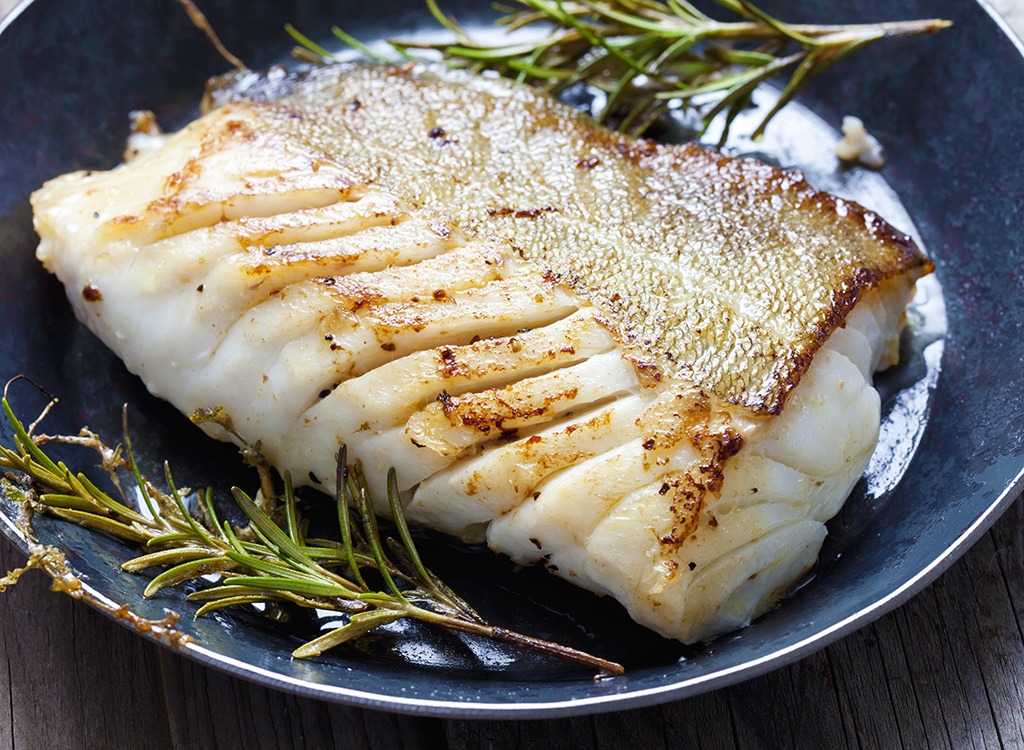
Cod is both delicious and nutritious, as long as it’s not breaded or fried. This seafood superfood is bursting with protein that helps maintain muscle mass and fight fat. It’s also full of the bone- and teeth-boosting mineral phosphorus and energy-boosting vitamin B12. When it comes to choosing which cod you’ll want to cook for the most nutrition, our exclusive fish report reveals that you’re best off choosing wild Atlantic cod over wild Pacific cod.
Hazelnuts
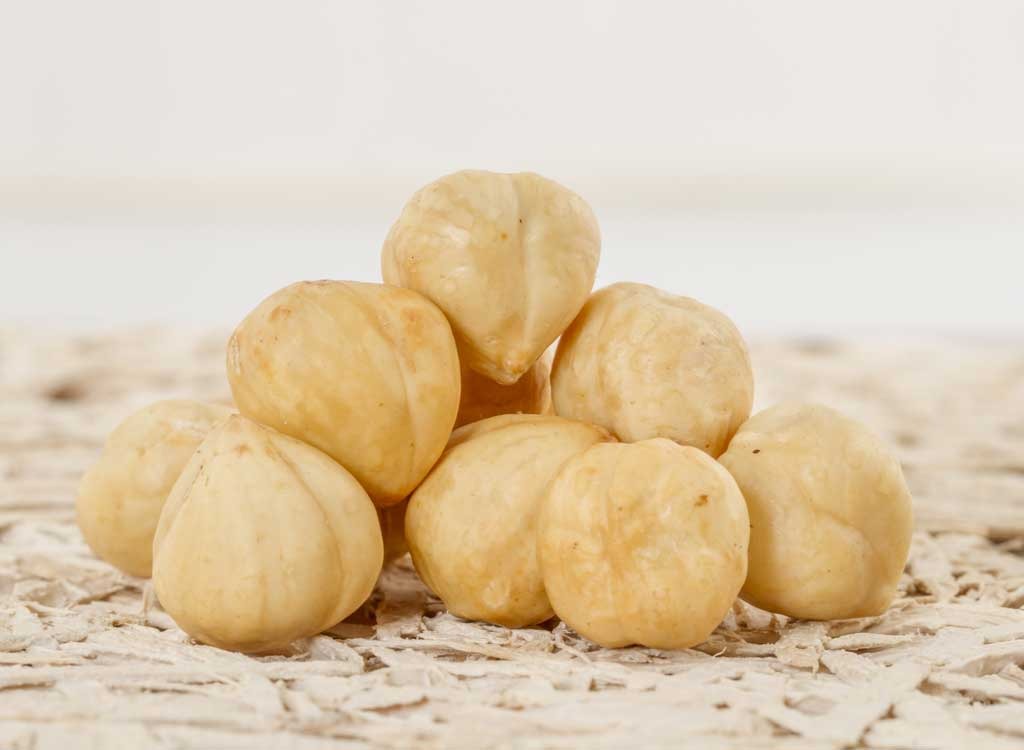
Hazelnuts—also known as filberts—make up part of the delicious formula for Nutella, but you might not realize how brilliant they are for your body. They’re chock full of folate, vitamin E, and copper, making them good for your skin, bones, and teeth. Bonus: They taste pretty good on their own, so you can pop a few as a snack—one-fourth cup of these little nuts contains about 118 calories.
Flaxseeds
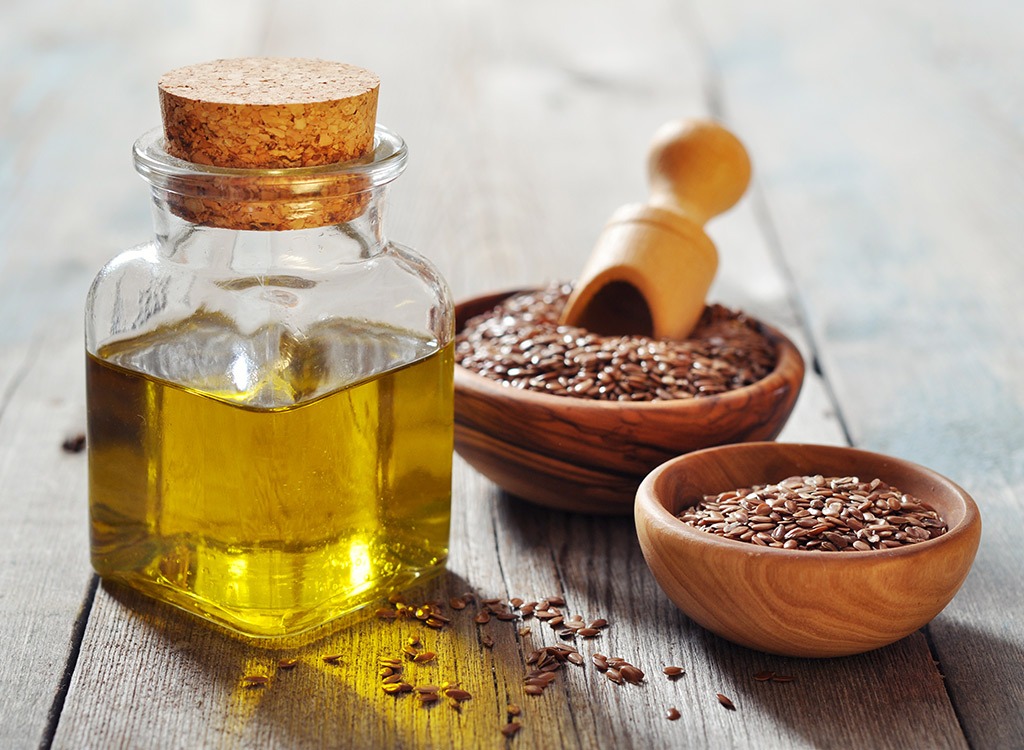
It’s crazy how many nutrients are packed into these tiny seeds. One tablespoon of flaxseeds weighs in at 37 calories and contains a bunch of fiber, vitamin B1, magnesium, and heart-healthy omega-3s. The superfood seeds aren’t necessarily tasty on their own, so mix them in with your recipes, or blend them up in one of the many smoothie recipes out there.
Rhubarb
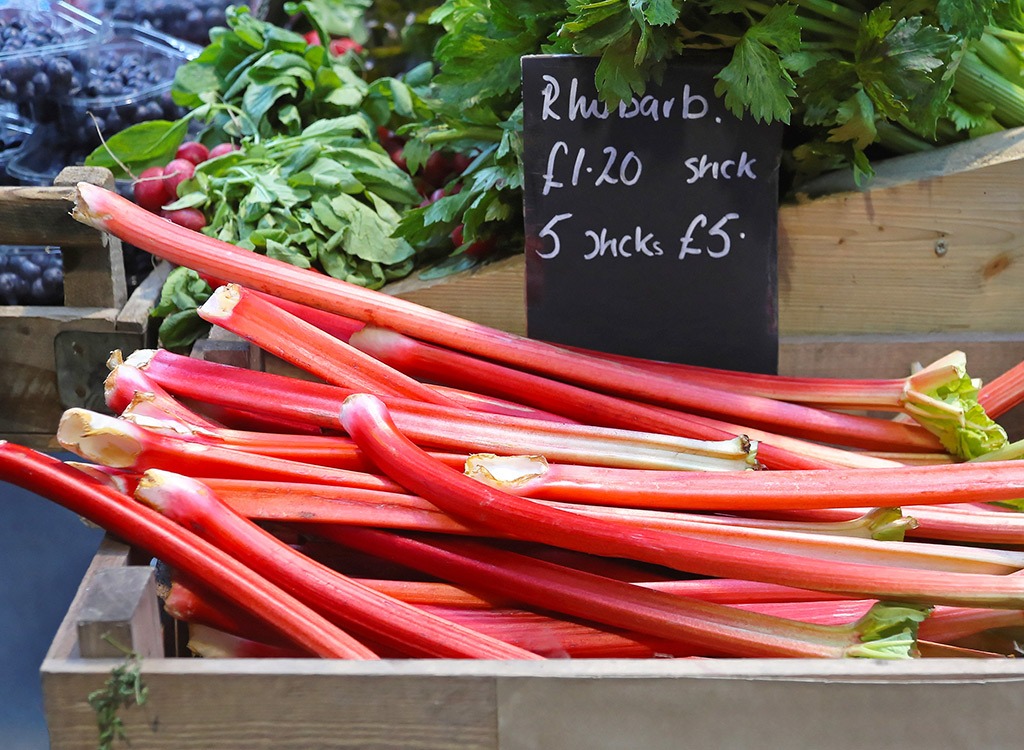
Rhubarb? Yes, we’re getting totally old school with this plant and its superfood skills. Rhubarb is full of vitamin K, an essential nutrient that helps with brain function and optimal blood clotting. And, admittedly, rhubarb tastes best when it’s baked into delicious (and healthy!) desserts, so yes, you can stay healthy and satisfy your sweet tooth at the same time.
Cranberries

Cranberries are more than just a delicious Thanksgiving dinner side dish. Raw cranberries—meaning they haven’t been processed contain vitamins C and K, along with manganese. The phytonutrients in the little red berries hold antioxidant and anti-inflammatory properties, too. The downside: Cranberries can be bitter in raw form, so either mix them with your daily smoothie or add a few dried ones to your salads or Greek yogurt.
Black Beans
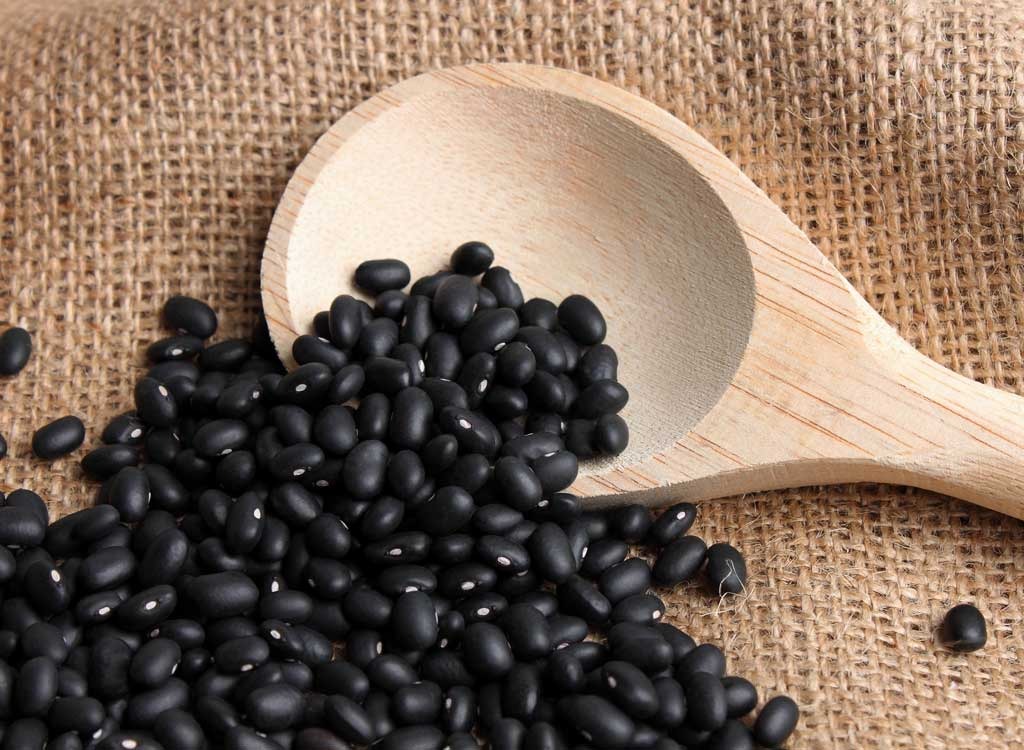
Remember earlier when we said phosphorus is essential for bone and teeth health? Black beans are full of the vital nutrient, along with plenty of protein—almost 10 grams in one-fourth of a cup—and iron, a nutrient vital for strong bones. Plus, black beans can be made into burgers or other meat-mimicking meals so you can skip the animal protein.
Edamame
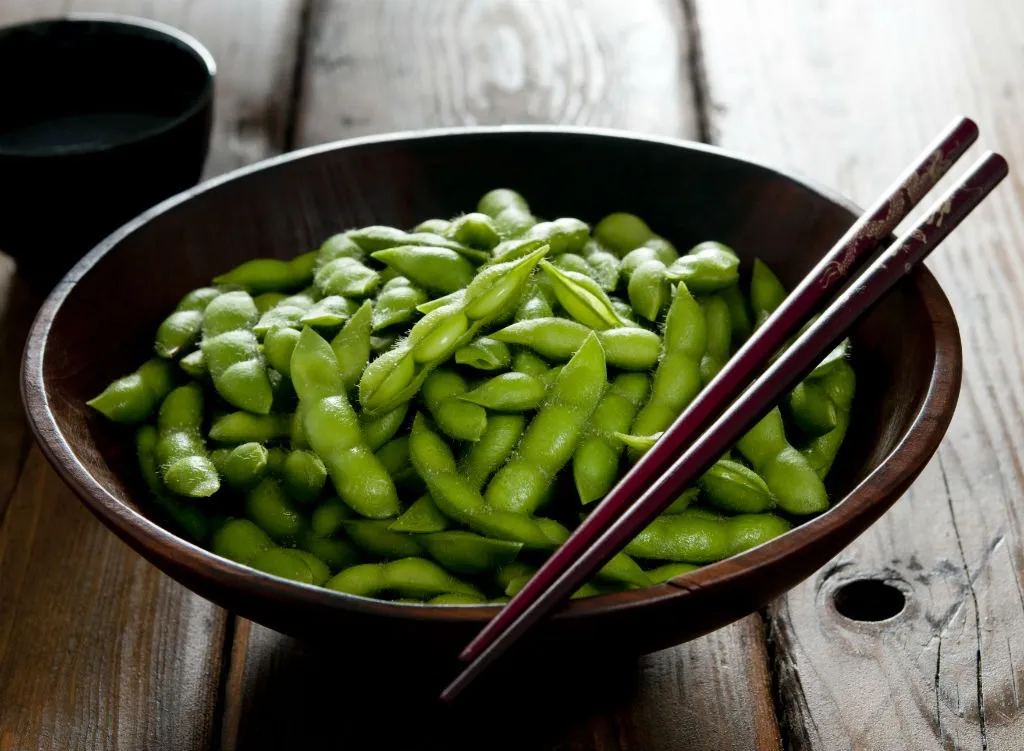
Edamame is much more than a sushi side dish. These beans—which are baby soybeans—are full of folic acid, a nutrient that helps your body build and maintain healthy cells. Edamame beans are also full of brain-boosting nutrients like vitamin K and protein—6 grams in a half-cup serving.
Lentils
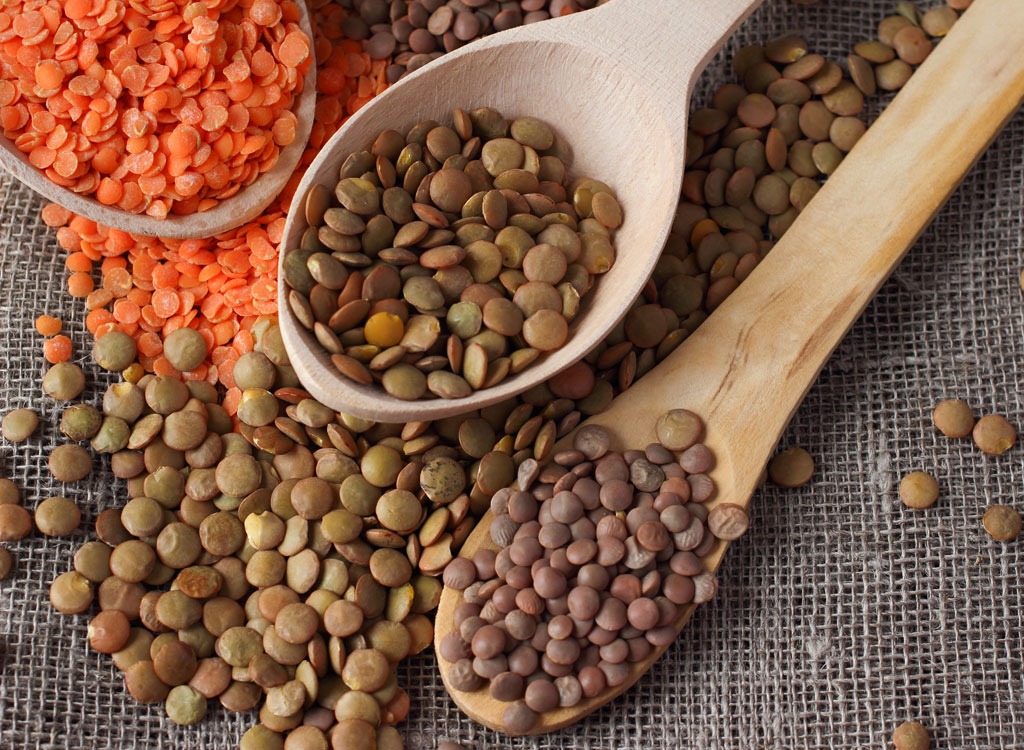
Like black beans, lentils are a meat-mimicking bean full of lean protein and fiber. The tiny, tasty beans are also full of cell-boosting folic acid and vitamin B1, a nutrient that helps convert blood sugar into energy. Use lentils in chili, as a side dish, or even in a plant-based burger.
Raspberries

Raspberries are those bright and tasty berries that—like blackberries and cranberries—contain immune system-boosting vitamin C. Raspberries also contain ellagic acid, a substance that contains strong antioxidants and anti-inflammatory properties to fight free radicals. Raspberries are tasty on their own as a low-sugar snack, but you can also pop them in a smoothie for a mid-afternoon vitamin boost. And if black raspberries are nearby, definitely pick up a carton; they’re the #1 most-packed antioxidant food (aside from spices).
Asparagus
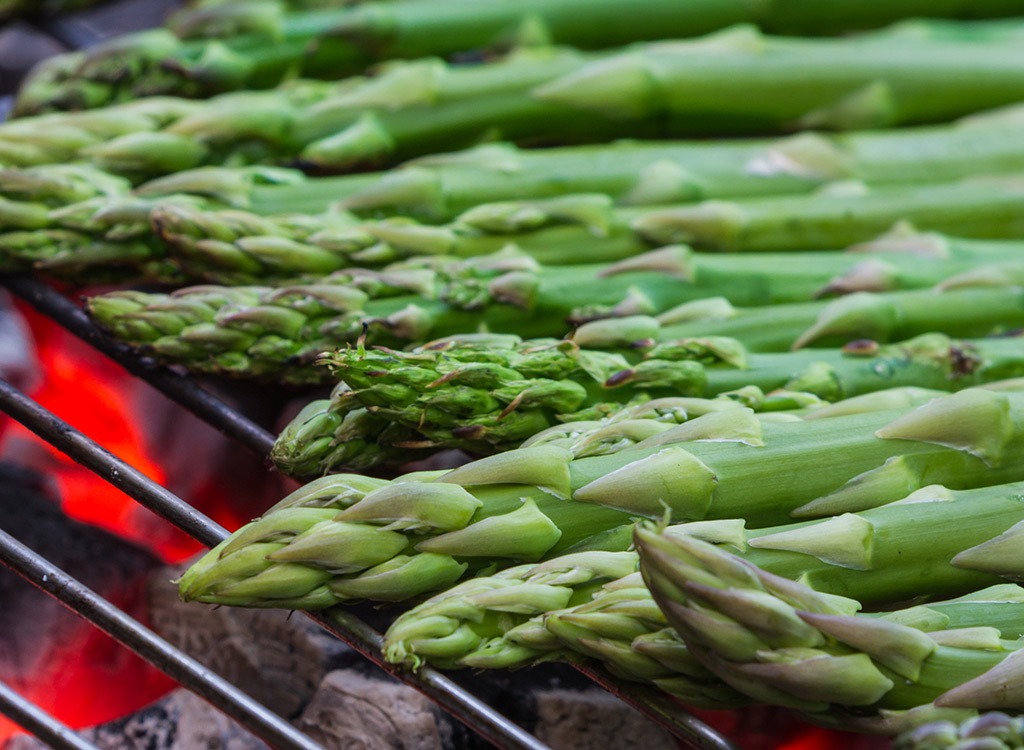
Asparagus may be an acquired taste, but you’ll definitely acquire a love for them after finding out just how super they are for your body. Asparagus spears contain plenty of vitamin K and folic acid for brain- and body-boosting activities; but it also has chromium, a mineral that helps your body regulate insulin and blood sugar.
Kale
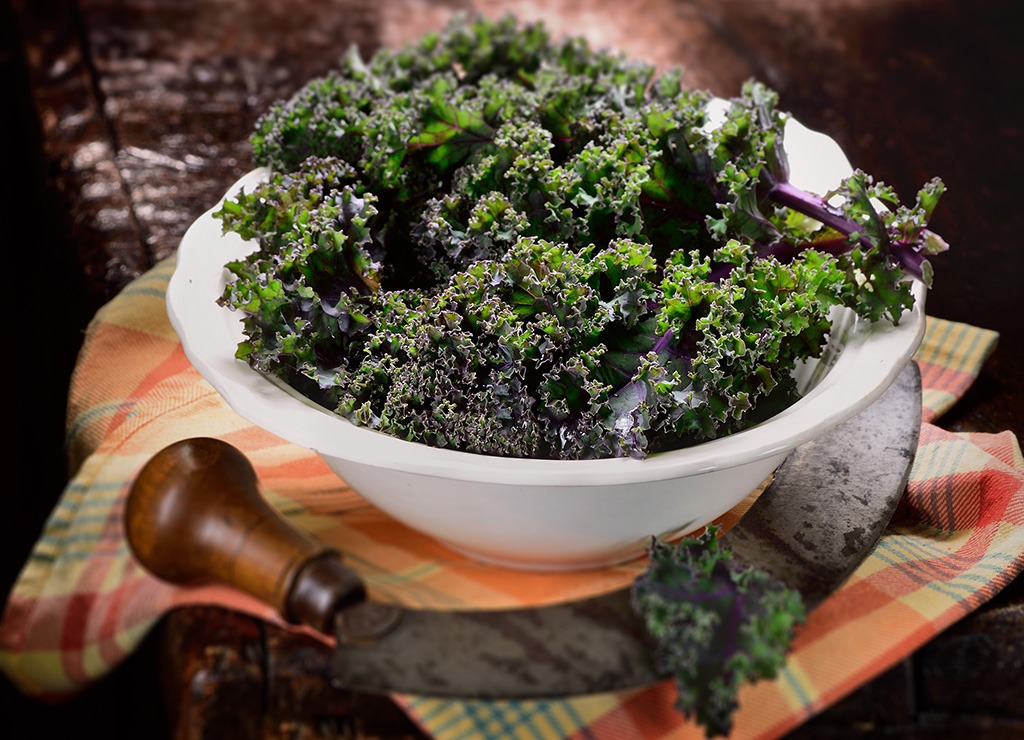
Like almonds, kale kinda started the whole superfood obsession. It’s a hearty green, meaning it takes a little more getting used to than other greens like spinach, but it’s worth it. Kale is rich in phytochemicals like lutein and zeaxanthin that help maintain eyesight. It also contains a bunch of vital nutrients like phosphorous, vitamin E and folate.
Avocados
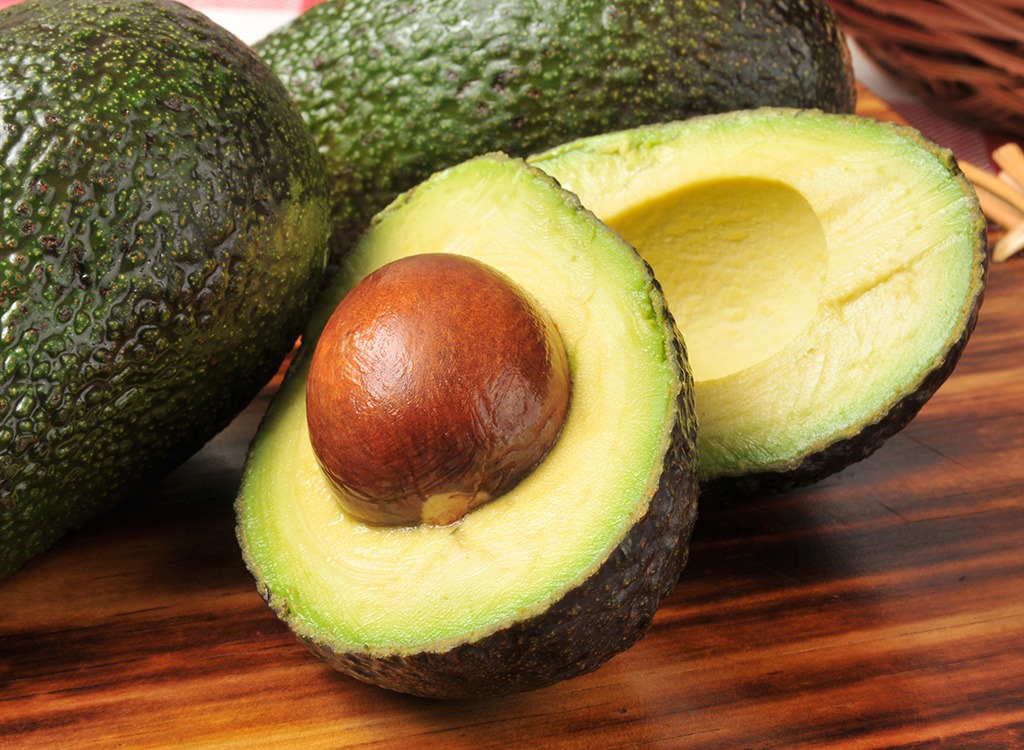
Avocados are one tasty fruit that gives you approximately 33 percent of the vitamin K and folate you need each day. It also contains two times the potassium of a banana, along with a whole boatload of energy-boosting vitamin B6, vitamin C, niacin, riboflavin, and skin-helping vitamin E. Best of all? It boosts good cholesterol while fighting low-density lipoprotein (LDL) cholesterol—otherwise known as the “bad” cholesterol.
Prunes
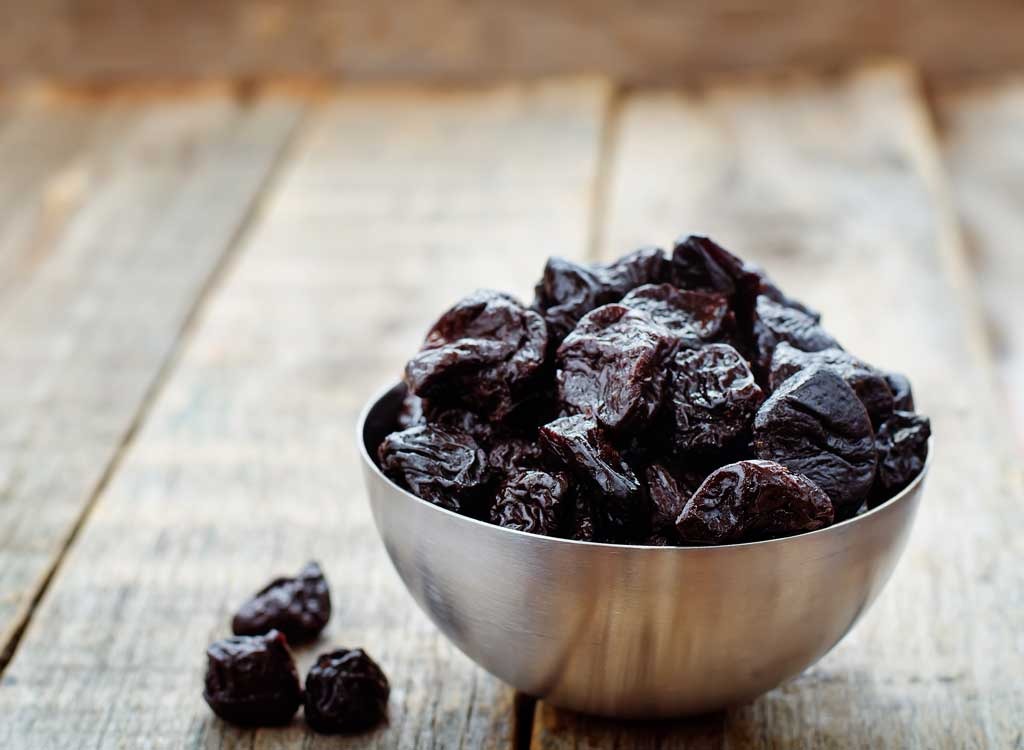
The word “prunes” might bring up thoughts of your grandma’s favorite afternoon snack, but the dried plums are more than an anti-constipation remedy, thanks to their antioxidant properties. But, yes, they’re good for those times when you aren’t so regular—there are 6 grams of fiber for every 100 grams of pruney goodness. For more high-fiber foods to add to your grocery list, don’t miss these 30 High Fiber Foods!
